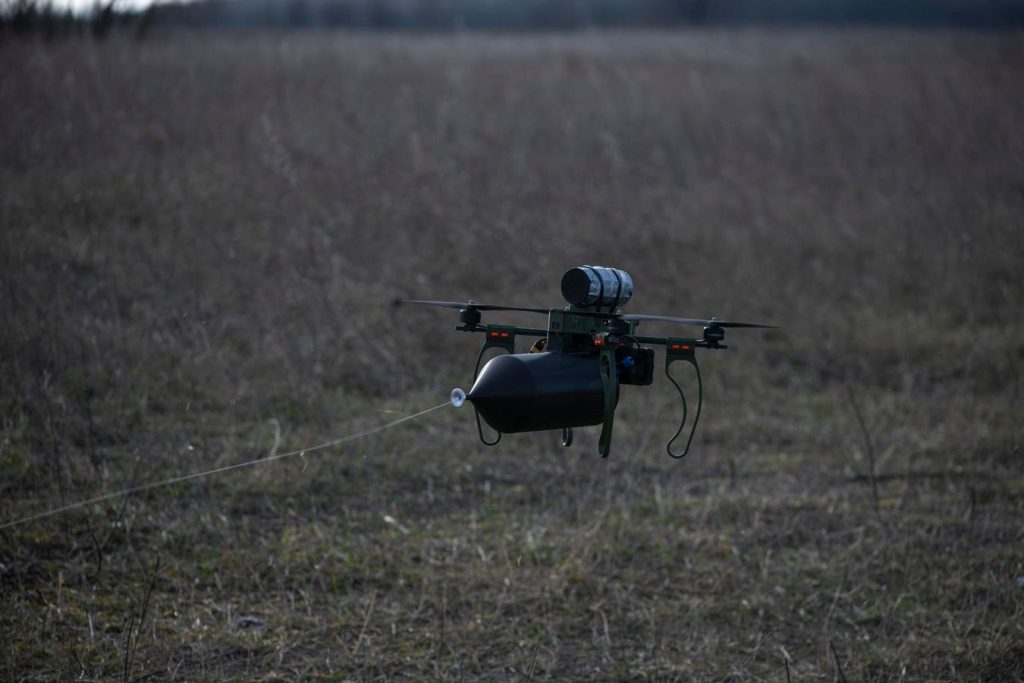The proliferation of readily available drone technology, coupled with the increasing sophistication of readily accessible control systems, presents a significant security challenge for law enforcement agencies worldwide. The accessibility of fiber-optic control equipment through online marketplaces like Alibaba and Amazon underscores the ease with which individuals and groups can acquire technology that bypasses traditional drone countermeasures. This equipment, originally developed for military applications, allows drones to operate impervious to electronic jamming and remote takeover attempts, rendering conventional methods of drone mitigation ineffective. The affordability of these systems, with complete kits available for under $300, further exacerbates the concern, democratizing access to technology that can be exploited for malicious purposes. While sellers often promote civilian applications, the implicit use in contested environments, like the battlefields of Ukraine, raises red flags for security experts. The availability of such technology to the general public raises the specter of its use in terrorist attacks, criminal activities, or other nefarious activities, highlighting the urgent need for updated counter-drone strategies.
The conflict in Ukraine serves as a stark example of the rapid evolution and deployment of drone technology in modern warfare. Both sides have increasingly relied on inexpensive, commercially available quadcopters equipped with explosives, using first-person view goggles for targeted attacks. As the conflict intensified, electronic warfare, including jamming, became a prevalent tactic, significantly impacting drone operations. This spurred the development and adoption of fiber-optic control systems, which utilize pulses of light transmitted through thin glass fibers, rendering drones immune to electronic interference. The emergence of systems like the Russian “Prince Vandal” and the Drone Reaper’s system, developed by a team of U.S. volunteers for Ukrainian forces, demonstrates the rapid adaptation and deployment of this technology in response to evolving battlefield conditions. These developments underscore the dynamic nature of technological advancement in conflict zones and the potential for these innovations to proliferate beyond military contexts, posing new challenges for civilian security.
The ease with which relatively inexpensive yet effective fiber-optic drone control systems can be assembled further complicates the security landscape. Using readily available components from online retailers and incorporating readily available technical expertise, individuals can construct systems that bypass traditional drone defenses. The Drone Reaper project, which developed a system for under $250, and subsequently refined it to a sub-$100 version, exemplifies this accessibility. The fact that non-state actors, with limited resources, can create highly effective counter-jamming technology raises serious concerns about the potential for misuse. This ease of acquisition and deployment highlights the need for a proactive approach to security, focusing on anticipating and mitigating emerging threats posed by readily available technology.
The implications of widespread access to fiber-optic drone control technology are far-reaching, posing significant challenges for law enforcement and security agencies. Traditional counter-drone measures, such as radiofrequency detection and signal overriding, are rendered useless against these systems. This creates a security gap, particularly in sensitive areas like airports, stadiums, and government buildings, where drone incursions pose a significant risk. Moreover, the ability of these systems to bypass geofencing, a safety feature that restricts drones from flying in prohibited areas, adds another layer of complexity. This technological advancement necessitates a reassessment of current security protocols and the development of new countermeasures to address this evolving threat.
While some existing counter-drone technologies remain effective against fiber-optically controlled drones, they often present logistical and practical challenges. Physical interception methods, such as nets launched from portable devices or deployed by hunter drones, remain viable options. However, these methods may not be suitable in all situations and can be less effective against swarms of drones or in densely populated areas. The development of new technologies and strategies that can effectively counter fiber-optically controlled drones is crucial for maintaining security in an increasingly complex technological landscape. This requires a multi-faceted approach that considers both technological advancements and evolving threat scenarios.
The accessibility of fiber-optic drone control technology through commercial platforms presents a critical security challenge. The ease of acquisition, combined with the technology’s ability to bypass traditional countermeasures, creates a vulnerability that could be exploited by malicious actors. This situation underscores the need for constant vigilance, proactive threat assessment, and the development of innovative counter-drone strategies. As technology continues to evolve at a rapid pace, maintaining security requires a forward-thinking approach that anticipates and addresses emerging threats before they can be effectively weaponized. International cooperation and information sharing are also crucial in addressing this global challenge. The development and implementation of effective countermeasures requires a collaborative effort between governments, law enforcement agencies, and the private sector to ensure the responsible and safe use of drone technology.










